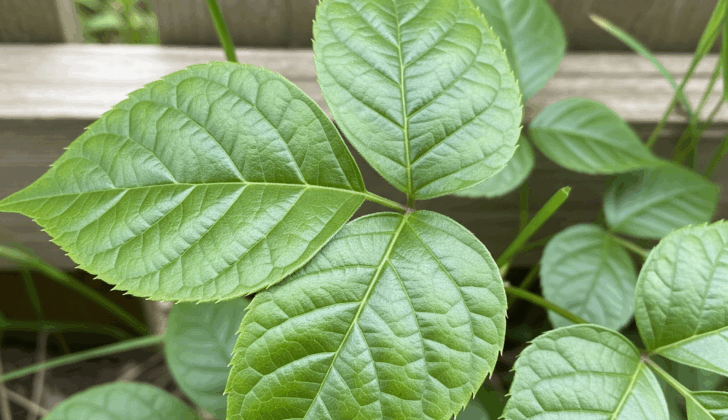How to Get Rid of Poison Ivy—Safely & Effectively
If you’ve spotted that tell‑tale “leaves of three” in your yard or on a walk, you’ve likely encountered poison ivy—a plant that causes itchy rashes thanks to its irritating oil, urushiol, in leaves, stems, and roots. The good news? With proper precautions and patience, you can eliminate it without harm to yourself or your landscape.
Here’s your step‑by‑step guide to removing poison ivy safely and smartly.
1. Identify the Plant Correctly
Look for green leaves in groups of three, often with a red stem—hence the saying: “Leaves of three, let it be.” Even bare vines can contain urushiol oil. Misidentifying the plant can lead to accidental contact—so take time to learn what poison ivy really looks like .
2. Suit Up for Safety
Before you begin, gear up:
-
Thick, rubber or nitrile gloves
-
Long sleeves – preferably synthetic or tightly woven
-
Long pants tucked into socks
-
Closed‑toe shoes or boots
-
Eye protection (goggles or a face shield)
-
Optional: disposable sleeves or sleeve protectors
These precautions protect you from the oily urushiol that can linger on tools and clothing even after the plant appears dead
3. Choose Your Removal Method
Mechanically Pull or Dig
-
Ideal for small infestations
-
Use gloves and gently pull or dig out the root crown
-
Place plant pieces in a sealed plastic bag—don’t burn or compost; urushiol can linger for years
Apply Herbicides
-
Effective for large or persistent patches
-
Look for glyphosate, triclopyr, or dicamba products
-
Clip vines close to soil, then apply herbicide to the cut stem and remaining growth
-
Reapply as needed, especially during growing season (summer)
Boiling Water
-
Convenient for isolated plants
-
Pour boiling water over roots; repeat several days in a row
-
May not eradicate roots completely—but worthwhile for small patches
Homemade Weed Killers
-
Effective short-term: mix vinegar, salt, and dish soap in water
-
Kills above-ground parts, but roots often persist
Smothering
-
Cover the area with heavy cardboard or tarp, anchor securely
-
Deprives plants of light and air—though full eradication may take weeks to months
4. Dispose Safely
-
Never burn or compost—urushiol becomes airborne in smoke and remains potent in compost
-
Double-bag debris in heavy-duty plastic and seal tightly
-
Clean gloves, tools, and clothing thoroughly—wash clothes separately in hot water with strong detergent; rinse tools with alcohol or soap
5. Prevent Regrowth
-
Inspect the area regularly for new sprouts
-
Continue cutting new growth or reapplying herbicides as needed
-
Maintain healthy ground cover (grass, mulch) to reduce re-infestation
6. Treat Existing Rashes
Even with care, exposure can happen. If you get a rash:
-
Wash the area asap with cold water and a degreasing soap (like Dawn) within minutes
-
Use calamine lotion, hydrocortisone cream, or a baking soda/oatmeal bath to relieve itching
-
For severe rashes, consider oral antihistamines (Benadryl or Claritin) or see a doctor
7. When to Get Professional Help
Call a pro if:
-
The patch is large or growing near vulnerable spots (like homes or play areas)
-
You have severe symptoms or complications
-
You’re uncomfortable handling the plant yourself
Quick Reference Table
| Step | What to Do |
|---|---|
| Identify | “Leaves of three, let it be”; vine remains toxic |
| Protect | Wear gloves, long sleeves, eye protection |
| Remove | Pull, dig, herbicide, boiling water, or smother |
| Dispose | Double-bag, never burn/compost |
| Clean & Prevent | Wash tools & clothes, re-treat as needed |
| Treat Rash | Wash ASAP, soothe with creams or baths |
| Call a Pro | For large areas or severe reactions |
Final Thoughts
Siblings are more than just family—they’re part of the foundation of who we are. Whether your sibling relationship is close or complicated, it has likely shaped you in ways you haven’t even noticed. Understanding these dynamics can help you appreciate the bond and work toward making it stronger, at any stage of life.












